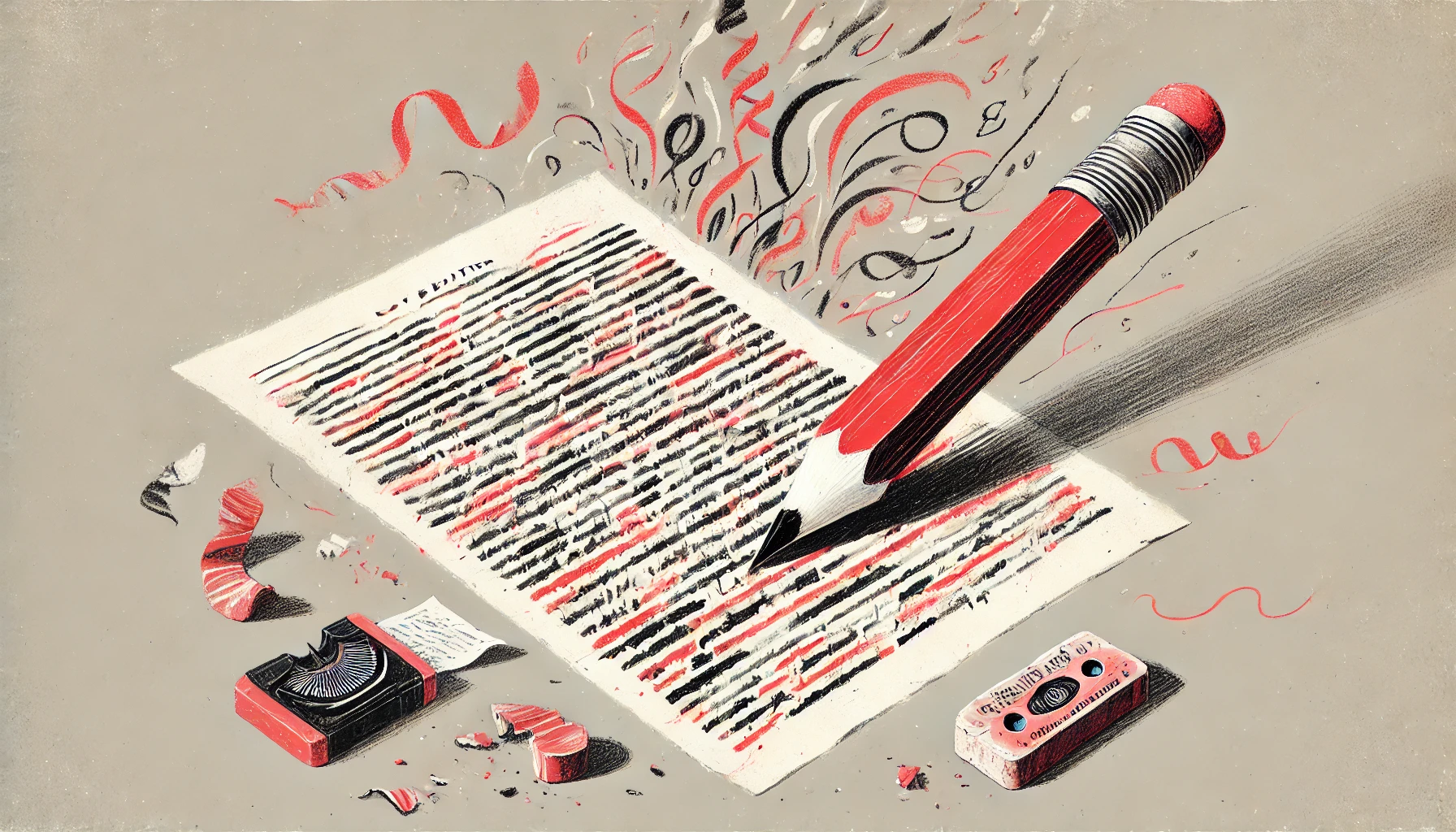
You’ve poured your heart and soul into your manuscript, crafting compelling characters and weaving intricate plotlines. Now it’s time to take the next step toward publication: professional editing. Preparing your manuscript properly can make the editing process more efficient and effective.
Editing will improve your manuscript incrementally (taking it from an 8 to a 9 out of ten, for example), but it won’t turn a poorly written manuscript directly into a bestseller. Here’s how authors like you can get your manuscript ready:
Finalize your manuscript
Ensure you’ve taken your manuscript as far as you can on your own. This means:
- No more major revisions: You’ve completed all plot adjustments and character developments.
- You’re satisfied with the content: You’re happy with the story and don’t anticipate adding new content.
Self-edit and revise
Before handing your work to an editor, perform a meticulous self-edit:
- Check for plot holes: Ensure all storylines are resolved.
- Develop characters fully: Make sure character arcs are complete.
- Enhance dialogue: Make conversations realistic and purposeful.
Be consistent with character and place names
In fiction writing, consistency is key:
- Create a style sheet: List all character names, places, and unique terms. You can send this along with your manuscript for your editor to reference.
- Verify spellings: Ensure character/place names are spelled the same way throughout.
- Maintain character traits: Keep character descriptions and backgrounds consistent.
Prepare your manuscript in Word
At TypeRight, we use Microsoft Word for editing, due to its robust tracking and commenting features:
- Export your manuscript: If you wrote your manuscript with a different program, use that program to export the file to the correct format.
- Use .doc or .docx format: Save your manuscript in a Word-compatible format.
Standardize formatting
A uniformly formatted manuscript is easier to read and edit. Fancy formatting will happen later, in the typesetting process, so keep the manuscript clean and simple for now:
- Uniform margins and spacing: Use standard margins and double-spacing throughout.
- Paragraph indentation: Use the same method for all paragraphs (either tabs or automatic indentation).
- Chapter headings: Clearly label chapters and use consistent heading styles.
Check for pacing and flow
Ensure your story moves smoothly:
- Read aloud: This can help you catch awkward phrasing or pacing issues.
- Use beta readers: Get feedback from trusted friends and family on the story’s flow.
Prepare front and back matter
Include any content you’ll want in the printed book:
- Dedication, acknowledgments: Draft these if you plan to include them.
- Author bio: Write a brief biography for publication.
Communicate special requirements
Provide notes to your copy editor about:
- Unique spellings or terms: Point out any intentional deviations.
- Areas of concern: Point out sections/chapters you’re unsure about.
By thoroughly preparing your manuscript, you enable your editor to focus on refining your narrative rather than correcting basic errors. This collaboration enhances the quality of your work, bringing your story closer to publication.
Investing in professional editing services can make a significant difference in the success of your book. A well-edited manuscript not only appeals to publishers and agents but also resonates more deeply with readers.
Ready to take the next step in your publishing journey? Consider partnering with a professional editor to polish your manuscript to perfection.

